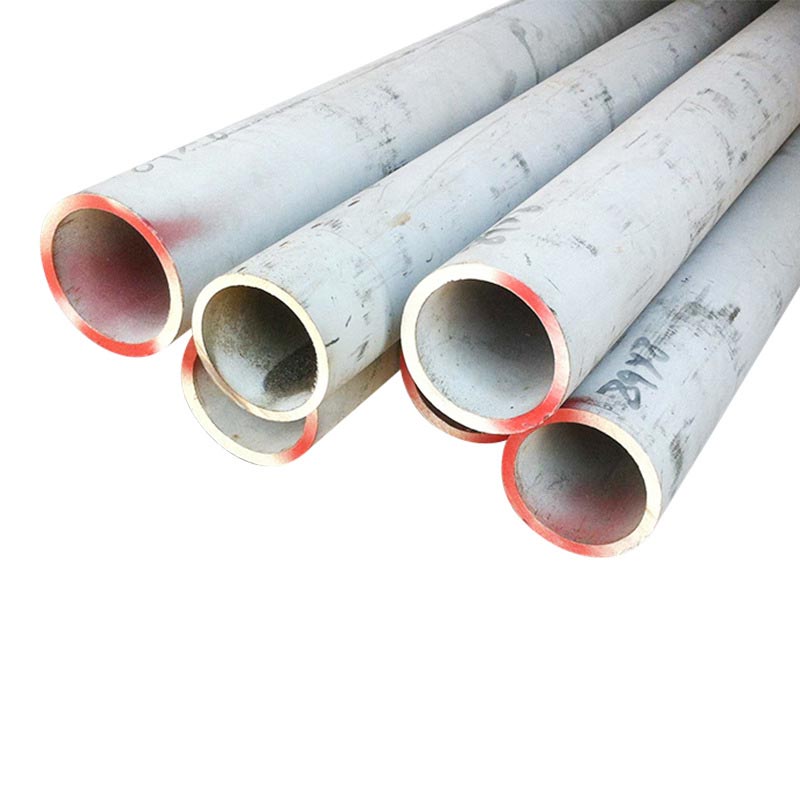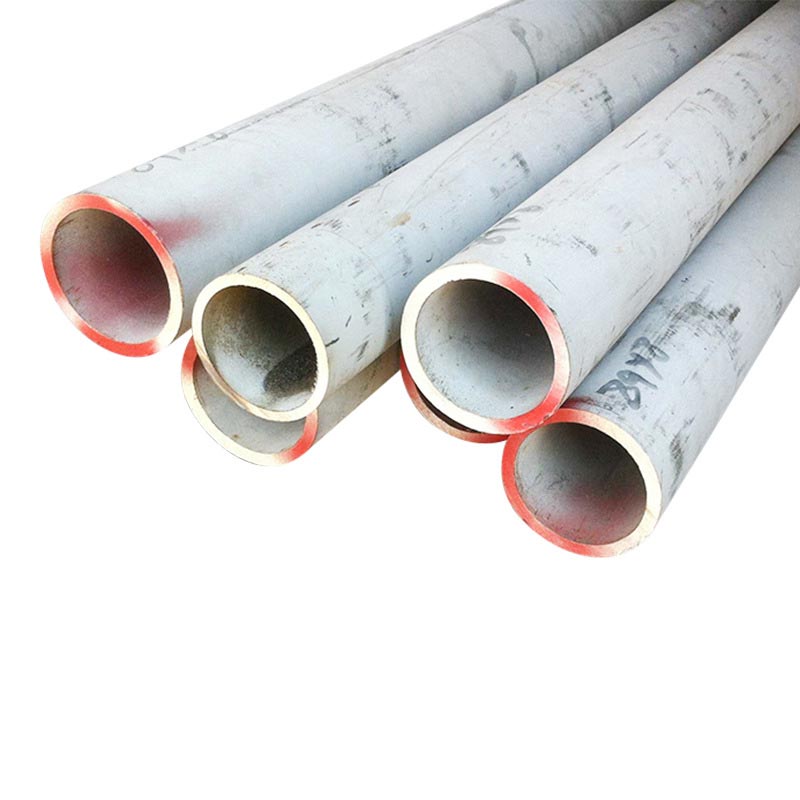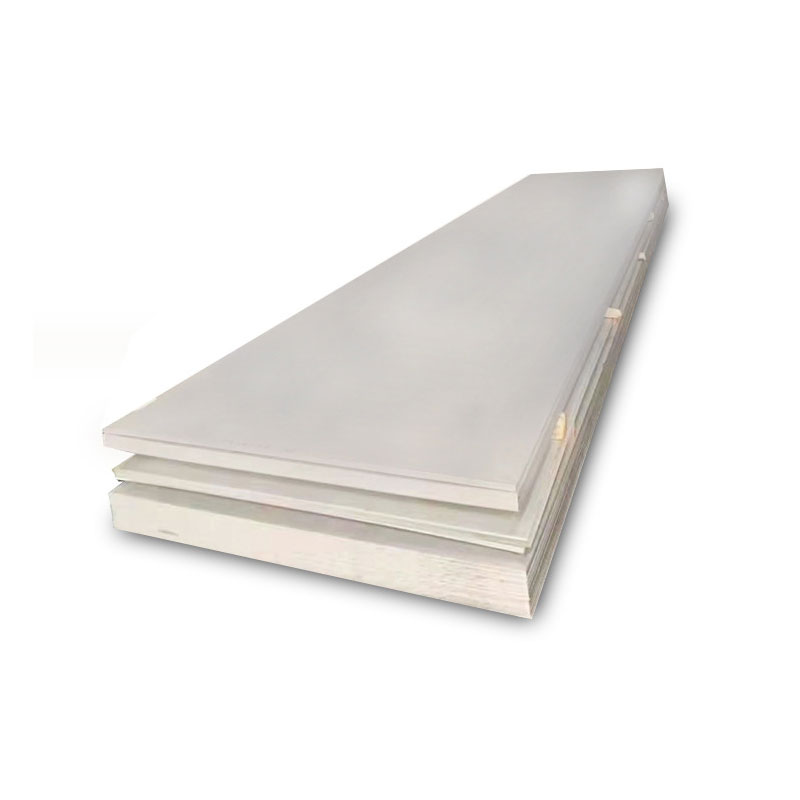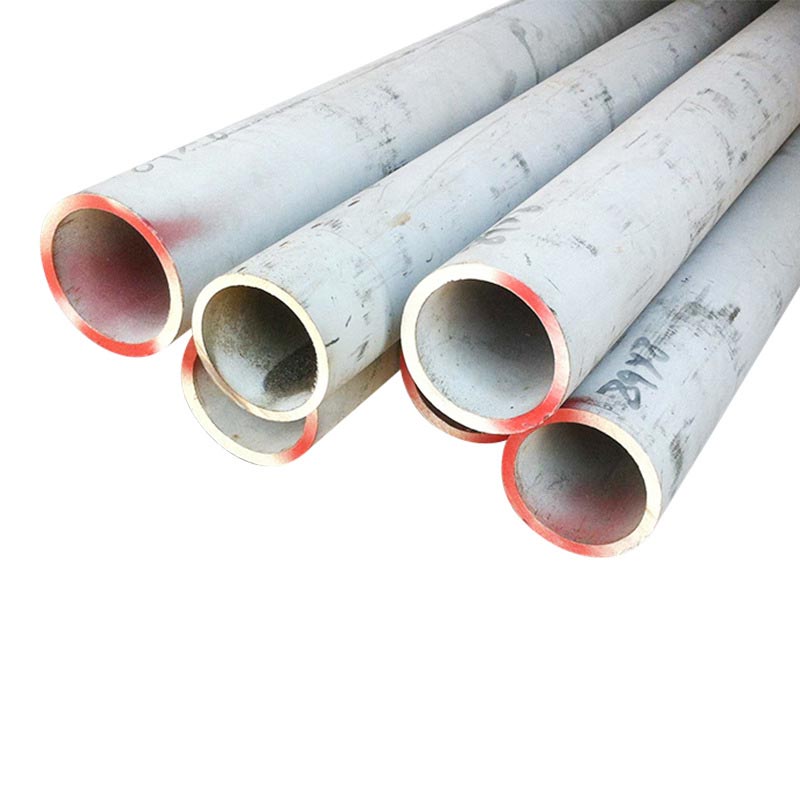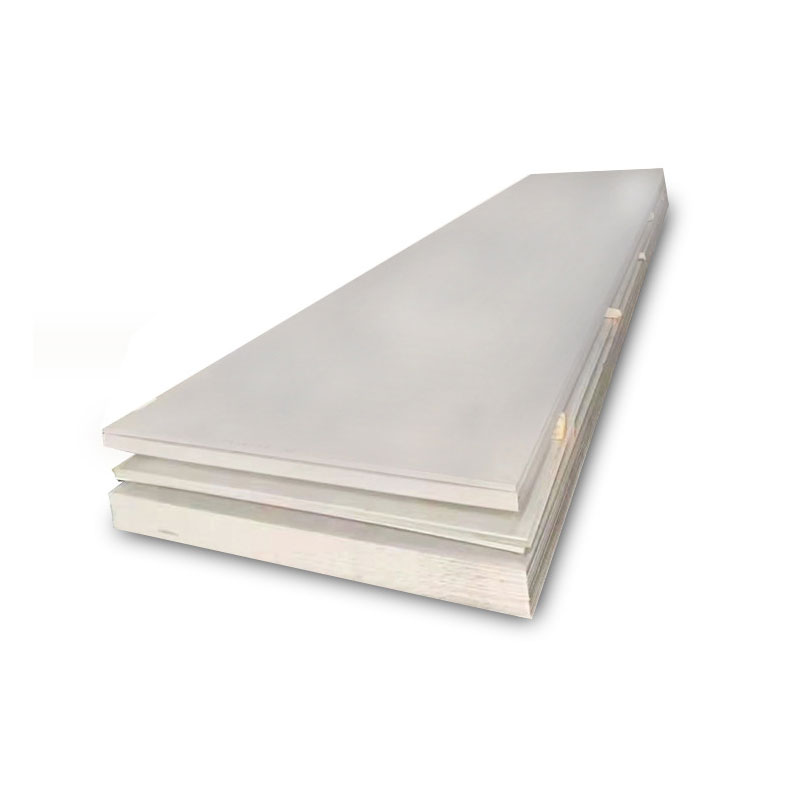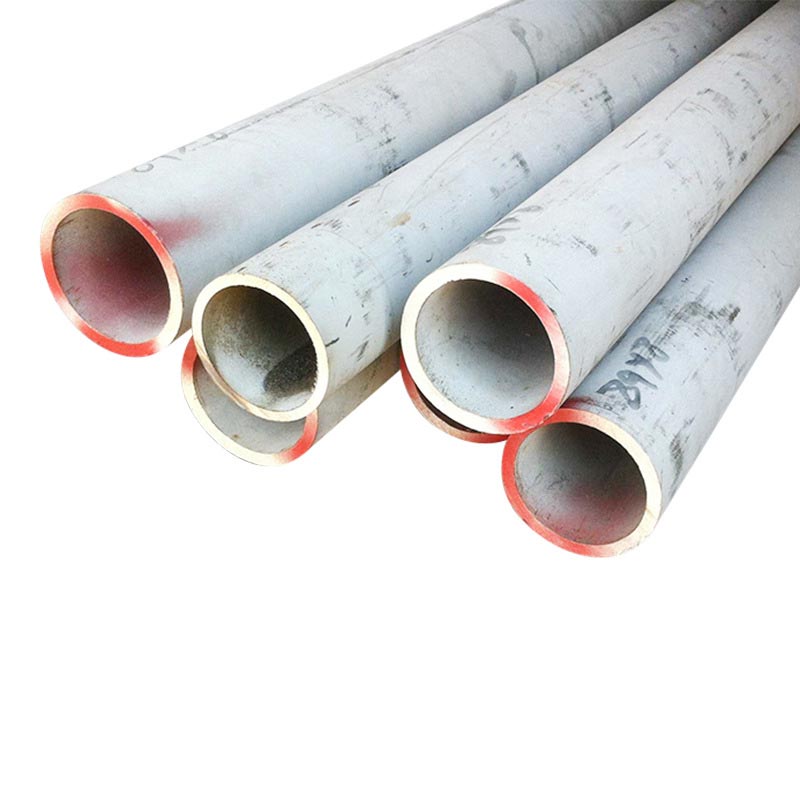What are the differences in performance between stainless steel and carbon steel?
What are the differences in performance between stainless steel and carbon steel? How to choose based on needs?
Significant differences in corrosion resistance performance
The most prominent advantage of stainless steel is its excellent corrosion resistance. Stainless steel contains at least 10.5% chromium element, which can form a dense chromium oxide protective film on the surface, effectively resisting the erosion of water, air, and various chemical substances. In contrast, carbon steel lacks this self-protection mechanism and is prone to rusting and corrosion in humid environments.
304 and 316 stainless steels have particularly outstanding performance in corrosion resistance, among which 316 stainless steel has stronger resistance to chloride corrosion due to the addition of molybdenum element. Carbon steel requires surface treatment such as galvanizing and painting to achieve similar anti-corrosion effects, but these protective layers are prone to wear and tear.
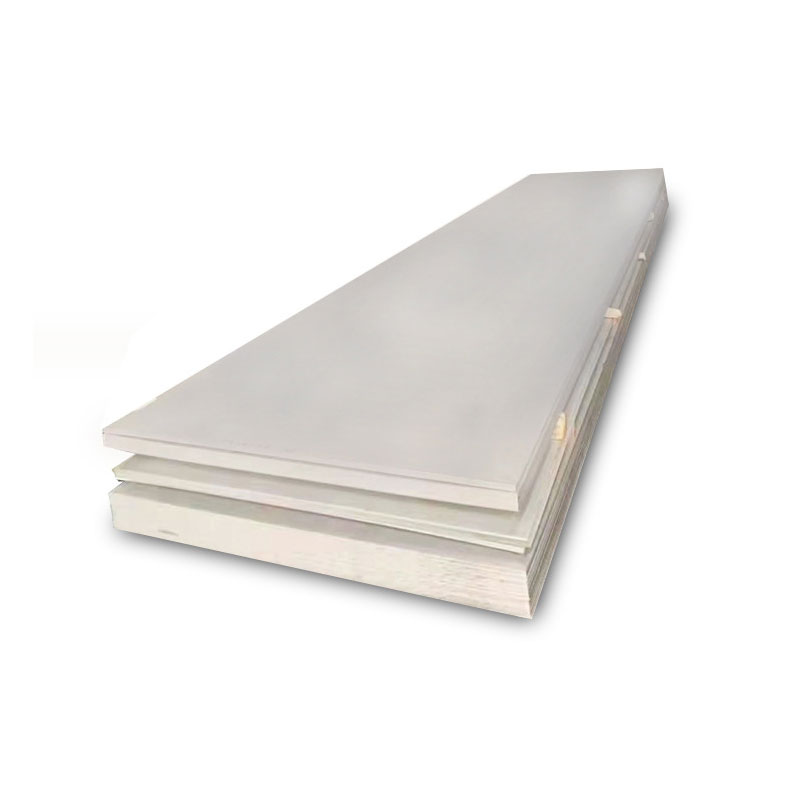
Comparison of mechanical properties and processing characteristics
Carbon steel is usually superior to stainless steel in terms of strength and hardness. Carbon steel can achieve higher strength and hardness through heat treatment, making it suitable for manufacturing mechanical parts that can withstand heavy loads. Although stainless steel has slightly lower strength, it has better toughness and ductility, and performs better under impact loads.
In terms of processing performance, carbon steel is easier to perform cutting, welding, and other processing operations. Stainless steel requires specialized cutting tools and process parameters due to its obvious tendency towards work hardening. But stainless steel has better cold forming performance and is suitable for making stamping parts with complex shapes.
Cost factor and service life analysis
The initial cost of carbon steel is significantly lower than that of stainless steel, which is the main reason why carbon steel is widely used. But the service life of stainless steel can usually reach 3-5 times that of carbon steel, and when considering the full life cycle cost, stainless steel often has more economic advantages.
In situations that require regular maintenance or are difficult to repair, choosing stainless steel is more reasonable. Carbon steel is suitable for short-term use or components that can be easily replaced. Due to hygiene requirements, industries such as food and healthcare must use stainless steel even if the cost is high.
Application Scenario Selection Guide
It is recommended to use stainless steel for outdoor building structures, especially 316 stainless steel, which can effectively resist rainwater and atmospheric corrosion. Temporary buildings or indoor dry environments may consider using carbon steel to reduce costs.
Chemical equipment must be made of stainless steel to ensure safe operation. Carbon steel is a more economical choice for ordinary mechanical equipment in non corrosive environments. Food processing equipment should prioritize 304 stainless steel to meet hygiene standards.
- Why Does Tinplate Steel Win Real-World Packaging Projects Today?
- Surface Quality Inspection Methods and Precautions for 304 Stainless Steel Sheet
- What is the Manufacturing Process of Stainless Steel Tube?
- Welding Quality Measures for 304 Stainless Steel Seamless Tubes
- How to Choose the Stainless Steel Tube for Your Industrial Needs?
- Bright Annealing Conditions for 304 Stainless Steel Tube








